
A combination of posters, podium presentations and instructional courses provided invaluable revelations to the ophthalmic community.

A combination of posters, podium presentations and instructional courses provided invaluable revelations to the ophthalmic community.

At the 2022 American Academy of Ophthalmology meeting, Dr Philip Dockery, MPH, presents, "Effectiveness of corneal crosslinking in young patients."

13% of pediatric patients had new-onset strabismus after a tube shunt procedure; in contrast, 0% of adults had new-onset strabismus after tube shunt surgery (at 6 months or at last follow-up).

According to one study, when genetic testing is coupled with advanced imaging, the chances of identifying keratoconus early are greater.
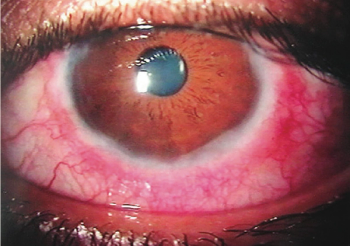
Ophthalmologists should look past the eyes in patients presenting with a persistent ocular allergic response and be mindful that sight-threatening vernal keratoconjunctivitis is a possibility.
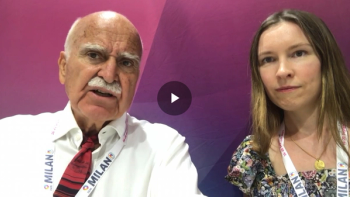
Prof. Ioannis Pallikaris discusses his 2022 ESCRS presentation: "Peripheral Capsule Reconstruction And IOL Centration With The Fixoflex Ring".
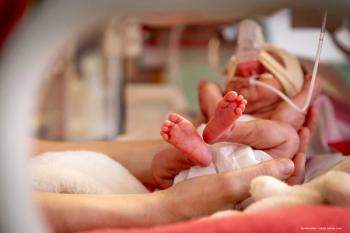
The white noise and classical music listened to by the preterm infants during ROP examinations showed positive effects on pain and heart rate and oxygen saturation values.

This year’s hybrid meeting will allow attendees to participate in person or virtually. Either way, this congress will offer a wealth of information to specialists covering all aspects of retinal diseases.
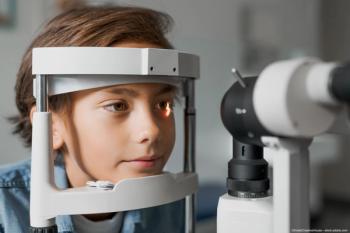
Moving past the eyes and into the brain: It is vital to think beyond the eye in the presence of visual impairment and blindness.

According to the Nanoscope Therapeutics, 6-month safety and efficacy data are expected in Q1 2023. MCO-010 gene therapy reprograms healthy retinal cells to make them photosensitive.
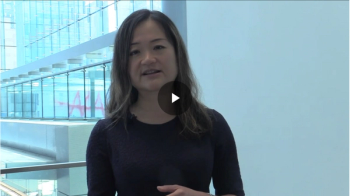
At ASRS 2022, Dr Sally Ong presented a talk entitled, “Vitrectomy vs Vitrectomy With Scleral Buckling in the Treatment of Giant Retinal Tear Related Retinal Detachments: International Multicentre Study.” Here she shares the biggest takeaways.

Researchers at the University of Bristol, as part of a 10-year follow-up study, found that severe “brain bleeds” experienced by some babies in the first year following their birth lead to long-term sight problems.

Data shows improvement after eye muscle surgery for lower spatial frequencies.

Minute movements are related to patching treatment outcomes in patients.
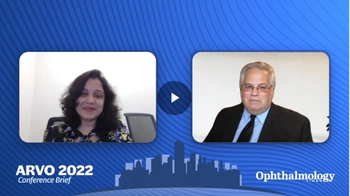
The study found that if certain forms of nystagmus that are seen in patients, then there is a higher chance of poor binocular visual function, as well as higher interocular suppression.
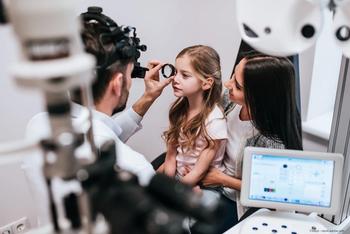
In a poster presented at the Association for Research in Vision and Ophthalmology’s 2022 annual meeting in Denver, Dr Mamoru Ogawa noted that investigators have found that the choroidal and central corneal thicknesses increased over a very short period of time following intensive outdoor activity.

In one study of children with solitary unilateral retinoblastoma, the youngest children were found to have the greatest risk for a germline mutation.

In patients with amblyopia, minuscule fixation eye movements play a major role with treatment, according to Dr Fatema Ghasia.

The trial marks the first-ever in vivo delivery of an experimental CRISPR gene editing medicine to a paediatric patient, with the company on track to complete dosing of the paediatric mid-dose cohort in the first half of 2022.

An end-of-week review of what happened in ophthalmology from April 9-April 15.

The International Agency for the Prevention of Blindness (IAPB) recently announced an expansion of their ‘Focus on Glaucoma’ and ‘Focus on Diabetes’ series with their new ‘Focus on Child Eye Health’ series in partnership with CooperVision.

Lower dose of bevacizumab is as effective as a higher dose for treating retinopathy of prematurity.

Cataract surgery in children is challenging because of the likelihood of posterior capsule opacification. This can be overcome with primary posterior laser capsulotomy coupled with bag-in-the-lens technology.

Dr Carel Hoyng divulges the main takeaways from his Angiogenesis presentation, including the origins of Stargardt disease, correct diagnosis, ongoing gene therapy trials and the future of therapy.

Computer software platform provides home vision exercises to overcome asthenopia.